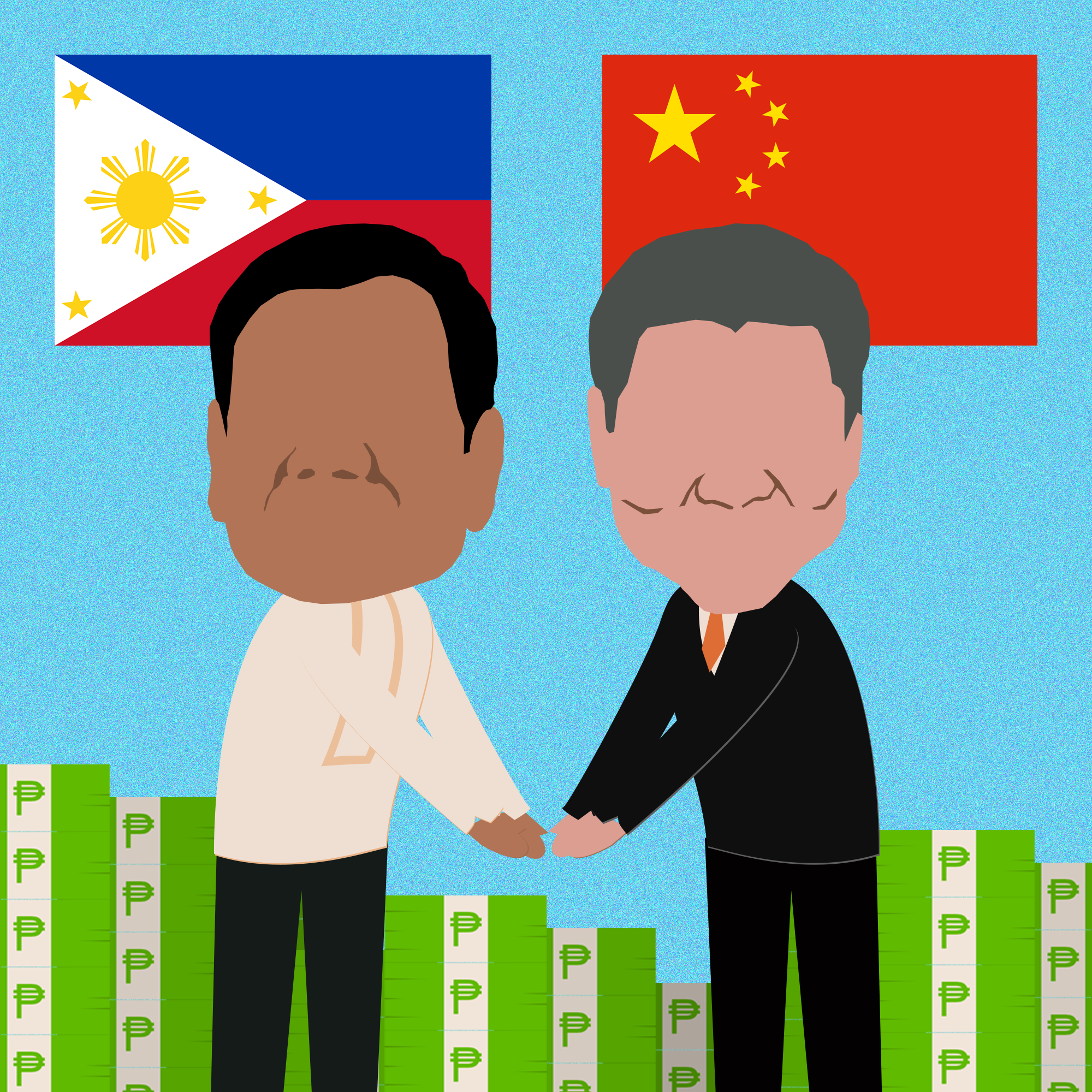IBON Features | COMMENTARY | by Edberto M. Villegas | The collectivism of the Katipunan has been drowned out by the noise and hurly-burly of self-centered modern living and the pursuit of unbridled political ambitions by some, which have wrought havoc among our
(Second of two parts)
Participative democracy: substitute to the pork barrel system
What would be substituted then for a system where politicians are given discretion to dispense with the people’s capital which is derisively called – “the pork barrel system”? “Democracy” is the rule of the people and modern governance must therefore institute methods and mechanisms to promote collective decision-making. Since there are more poor rather than rich people in the world, particularly in the Philippines where around 70% of the population live below the poverty line, democracy must be imbued with equitable justice, extending more assistance to the have-nots in society in government budgeting. This could be done only if organizations from the grassroots participate in identifying projects and services to be rendered in their various communities. It must not be left to politicians, much more so to individual politicians, to decide what activities are of prior importance to an area. After all, politicians, especially in the Philippines, are not renowned for their rationality and compassion for others.
In this regard, the communal councils established in Venezuela in 2006 come to mind. These are bodies composed of 150 to 400 families in neighborhoods in urban areas, 20 families in rural areas and 10 in indigenous communities. They are independent from the municipal governments but coordinate with them. They elect citizen’s assemblies in their areas, and these in turn elect spokespersons for the various units they formed. These include the Unit for Financial Management in charge of development in the community, including the establishment of cooperatives; the Social Oversight Unit, which monitors council resources and is also known as the Anti-Corruption Unit; and the Unit of the Coordinator Collective which coordinates with the people’s militia and army reserve in the community. The communal councils, though independent from the government in decision-making, obtained their funds from the national revenues, state and city government finance as well as from their own fund-raising activities and from donations. These communal councils have established 300 communal banks which have received $70 million for micro-financing.
There have been 19,500 communal councils created since 2006 all over Venezuela and billions of dollars spent to support this form of participative democracy. Decision-making, including budget preparation, is a bottom-up affair in Venezuela with the Ministry for Popular Participation and Social Development collating all the development programs from below and synchronizing them with the national plan. Planning takes a two-year process with feedbacks and comments from below and above the scale of Venezuelan society. Final plans are approved in the preceding year to an annual fiscal year. In Venezuela, there are large contingency funds both on the national and local levels, particularly on the communal councils’ level, to anticipate natural and man-made calamities, such as typhoons, civil disturbances, great fires, earthquakes, etc. These contingency funds are handled by committees and are not under the control of individuals like the SPF of President Aquino. Note that there is a Social Oversight Unit in every communal council, whose tasks, among others, is to prevent abuse of the contingency fund.
Cuba, which was the inspiration of Venezuela, has had such a form of participative or grassroots democracy since the 1970’s called organs of people’s power. Fittingly, the Cuban parliament is called the Assembly of People’s Power of Cuba of 609 members with one deputy for every 20,000 inhabitants in the country’s 169 municipalities located in 14 provinces. These delegates coordinate with local organs of people’s power down to the barrio level and the latter submit their annual plans to the national government which now have become faster through the internet. The effectivity of grassroots democracy in Cuba is seen in the report of UNICEF on the joint program of the UNDP and the Cuba Human Development Program (PDHL) launched in 1998. UNICEP cited the joint program on Governance and Children’s Right as one of the best practices in Latin America. The successful bottom-up budgeting experiment that began in 1989 in the city of Porto Allegre in Brazil, cited as a model by some academicians, is another example of participative democracy versus liberal democracy or individualistic democracy. What is common in the Venezuelan, Cuban and Porto Alegre experiences is the primacy of collective decision-making over individual leadership.
But let us draw from our own historical experience. It is significant just after the month of our heroes, August, to go back to the programs and practices of the Katipunan. The balangays, set up by the Katipunan government, were predecessors of local organs of people’s power. Several balangays, composed of several hasiks of three persons, were merged into big units comprising neighborhoods and even barrios and towns. They had their own people’s courts so that the American official historian John Taylor of the Philippine-American War, who accompanied the US troops in their invasion of the country, noted the effectivity and efficiency of this balangay-based government, even collecting custom dues in ports in provinces not yet subdued by the Americans. (See Vol. 11, John Taylor’s, The Philippine Insurrection Against the United States). The balangays had also their own manufacturing sites for gunpowder and bolos for the use of the Katipunan army as well as weaving houses to produce uniforms for the soldiers. As an aside, the nationalism of the Katipunan is shown in the fact that Spanish was forbidden to be spoken during its meetings under the sanction of being fined and only the dialects were used.
Emilio Aguinaldo attempted to abolish the Katipunan and its balangays in a decree he issued in 1897 after having Bonifacio executed. Still, the balangays persisted up to the Filipino-American War and Aguinaldo was forced to seek its support when he was on the run across Luzon. The democratic manner in the use of the funds of the Katipunan and likewise the local balangays is laid out by Emilio Jacinto when he wrote the program for the Katipunan: “Talastas din naman ng lahat ang pagkakailangan ng salapi, na sa ngayo’y isa sa mga unang lakas na maaasahang magbibigay buhay sa lahat; sa bagay na ito, kinakailangan ang lubos na pagtupad sa mga pagbabayaran; piso sa pagpasok at sa buan buan ay sikapat. Ang salaping ito’y ipinagbibigay alam ng nagiingat sa tuing kapanahunan, bukod pa sa mapagsiyasat ng sinoman kalian ma’t ibigin. Di makikilos ang salaping ito, kundi pagkayarin ng karamihan.” (Every one knows the need for funds which support the endeavor of each; in this regard what is required is the strict payment of dues , everyone must pay one peso upon entry (into the Katipunan) and a quarter monthly. These funds will be declared by the treasurer regularly, besides being scrutinized by anyone when the person so wishes. These funds cannot be used without the consent of the majority.
It has been a long way since from the culture of the Katipunan to the present pork barrel system in the Philippines, a legacy of colonial US to the country to make its political protégées follow its bidding. This legacy has become more and more corrupt through the years, abetting political dynasties and warlordism. The collectivism of the Katipunan has been drowned out by the noise and hurly-burly of self-centered modern living and the pursuit of unbridled political ambitions by some, which have wrought havoc among our people. Unless the spirit of self-sacrifice and ardent commitment to a cause higher than one’s self interest as also embodied in the Kartila of the Katipunan are internalized by the Filipino people, the plunge into the abyss of perdition draws closer and closer. Yet do we hear from the distance the angry roar of a people in their re-awakening?
References
“Venezuelanalysis.com(Nov. 25, 2009)
“Venezuela’s Reformed Communal Council Law Aims at Increasing Participation”, Sugget, James
Wynter, Carol & Jan Mellroy(2008), “Marta Hanecker: Venezuela’s experiment in popular power”, Green Left Weekly, issue #693, Dec. 6, 2006.
Human Local Development Program(PDHL) in Cuba and the UNDP-internet..
Victor Seldon Clark “Labor Condition in the Philippines” Bureau of Labor, Washington, 1905
Jose P. Santos, Buhay at mga Sinulat ni Emilio Jacinto, 1935.
John R.M. Taylor, The Philippine Insurrection Against the United States, Vol. II, Eugenio Lopez Foundation, 1971.






